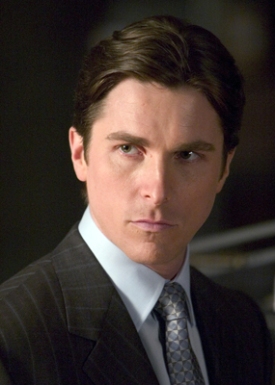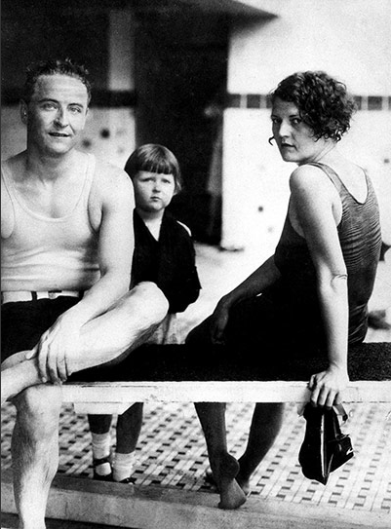
While reading The Great Gatsby, I had this feeling through the book that Jay Gatsby’s character type felt familiar to me somehow. It all clicked when I found out that Jay Gatsby was doing this all to gain the favor of Daisy. This was a similar character model used for Bruce Wayne from BATMAN.
The Batman (or at the time The Bat-Man) was created in 1938, the decade after the book The Great Gatsby was written. This leaves room for the idea that Bruce Wayne’s tactic of avoiding suspicion could have been based off Jay Gatsby’s way of trying to gain Daisy’s favor: By coming across as a party hard, rich playboy who loves to throw a good party.
Now, there are some fantastic similarities between Bruce and Jay without the whole, fake front. Both of them have a fortune at their disposal, even if Jay’s is newer than Bruce’s, both of them have something they’re trying to hide, and both of them put on this fake front in order to not only help themselves towards a goal, but for the interest of others around them.
These are some pretty intense similarities, but the difference’s completely change the situation. Because Jay has young money, people are not going to take him as seriously because everyone is going to think he’s some young hot shot. He’s going to have to work harder to make a name and reputation for himself then Bruce will because he comes from a well known family. Another major difference is that Bruce is doing all of this to hide something, but Jay is doing it all to gain something. This is an interesting flip because they are both doing the exact same thing: hosting these large, over the top parties and interacting with people differently. But, they are expecting different end results from each other. The last, major difference is that Jay is doing all of this to gain the favor of a single woman, but Bruce does everything to protect him identity as Batman and the people he loves. I would touch base and how Bruce’s false front is much more layered and well developed, but it’s really unfair to compare 74 years of character development to a single book.
Now, back to the parties. In the beginning of The Great Gatsby, Nick describes to the reader all the stuff that goes around with Jay’s parties. He talks about the giant mounds of orange peels thrown away after a party from all the food and drinks, and he talks about all the Christmas lights in the yard, the band, the food, everything that makes a grand, over the top party. This same thing happens in several instances in the many incarnations of Batman. In the 1989 Batman film with Michael Keaton, Bruce is approached by Alfred because the wine at the party is dwindling down. Bruce tells him to go open “about a dozen” more cases. He then turns to Vicki Vale and Alexander Knox and double checks with them to make sure that’s enough wine to keep the party going after this gala has been in progress for some time. A single case of wine can contain either 6 or 12 bottles, depending on where you are and what you’re buying. Because it’s Bruce Wayne and he’s sparing no expense on the police gala, I’m betting it’s cases of 12. Also, because this is Bruce Wayne, it’s going to be nicer wine that what your average working man is going to go buy for himself, so I’m expecting this to be at little above a gift wine standard, so 40-50 bucks a bottle. If this is the case, those extra dozen cases he told him to get? That’s costing Bruce about $6,480 just in the second round of wine. In The Dark Knight Bruce throws a fund raiser for Harvey Dent, but arrives just past fashionably late in a helicopter with three girls on his arms.
You don’t just see this in their parties, but in the glimpses of their homes we are allowed as well. With Jay it’s the library full of real books, with Bruce (in the 1989 film) it’s the authentic suits of ancient armor from all around the world, or the fact that all the rooms in Wayne manor are fully furnished. To put that into perspective, there are about 16 bedrooms in Wayne Manor.
These men are sparing no expense to put out these false fronts in order to do something in their lives, and this makes you question what money really means to them. It comes across to me that, to these men, money is just a means to do something, it’s not as vital to life as people make it to be. To them it seems like “yeah, that extra six grand is worth it if it helps with x y and z.”
Information referenced and used from The Great Gatsby by F. Scott Fitzgerald, Batman, a 1989 film directed by Tim Burton and The Dark Knight, a 2008 film directed by Christopher Nolan. The imaged used is of Christian Bale, the current actor portraying Bruce Wayne.








